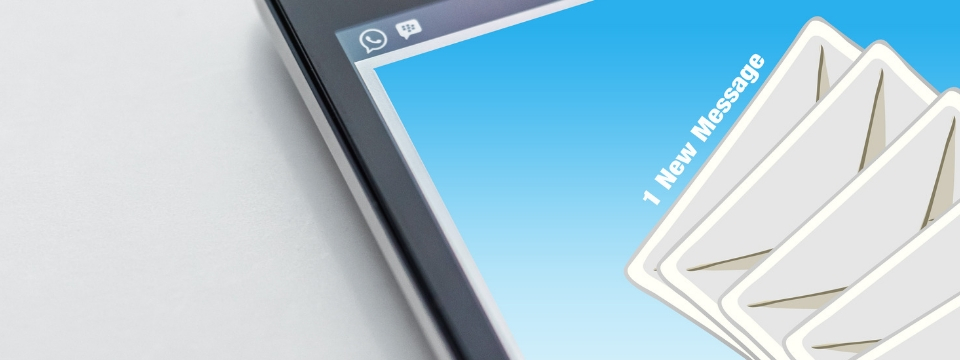The biggest question I get asked when talking to people about some Mailchimp training is, “Am I using Mailchimp to its full potential?”.
You probably know Mailchimp has a huge amount of functionality but do you know how to implement this within your business. You could get some in house training 😉 or take a look below and check some of the items off this short list.
Templates
Do you duplicate an existing campaign when you create a new email?
Do you use multiple templates?
My own rule for better organisation is never to copy a campaign when creating a new one. If there were edits and mistakes in the original then they may get passed over.
Build yourself two or three templates which will cover 90% of all the emails that you want to send out. We’re just talking shape, not content.
Decide on a layout, add your logo and business information, then just place holding images and text. Do this for each shape of email you’ll need.
When you want to create a new campaign build it from one of your templates. This will help keep things constant..
Segmentation
Do you segment? Do you over segment?
Segmentation is personalisation. If you’re holding an event in Manchester do you really need to send emails about it to people in London?
The first rule of segmentation is to look at the data you have and decide on what is actually useful. You may have postcodes but segmenting by each street is probably not useful. Segmenting by region probably is.
Is gender important? Is age important? Do you have categories that signify whether a customer is business to business or a consumer?
Being able to segment the right data it really important. You can end up sending out less emails and getting better results.
The most important segment you’ll ever create is ‘Who has NOT opened all of the last X emails’. You can find out who’s not interested in what you’re sending, email them a re-engagement campaign and if they don’t engage remove them!
Automation
Mailchimp has some really powerful automation features and my favourite is creating on-boarding drip campaigns.
Drip emails can be really powerful for membership organisations, software companies or any business that needs to get across a bunch of messages. It can really help you reduce support questions.
I recently worked with a national charity who sign up many new volunteers who have lots of questions, the same questions. Most of these are covered in handbooks but human nature says we don’t read the instructions 😉
We set up a drip email campaign so when a new volunteer was added the Mailchimp list an email went out immediately, then another 1 week later and every week for 6 weeks. Each email covered a common question or pain point and after a few weeks they noticed a reduction in support requests to supervisors who were also volunteers.
One great thing about drip campaigns is that they can start at the time the person joins the list so it’s fully automated for all new sign ups.
Connecting your CRM or shopping cart to Mailchimp
As I mentioned at the top of this article one of the great benefits of Mailchimp is the fact it connects with lots of other applications and this includes Customer Relationship Management (CRM) software and shopping cart systems like Magento or Woocommerce.
This opens up a whole new range of segments.
You could send emails to everyone in a particular category in your CRM.
You could send emails to everyone who bought a specific product in your shop.
When you start to integrate Mailchimp into other systems the real power of segmentation starts to take shape. The days are gone where you send the same email to everyone. Target your campaigns at the people who want them.
Goal tracking with Google Analytics
There needs to be a goal for every email campaign you send. If there’s no goal there’s no point in sending it.
The goal could be a sale, lead, download, entry to a competition or just the completion of a marketing campaign.
Being able to prove that your email marketing efforts generate goal completions can help you understand if things are working. For example you’ll be able to prove that a certain style of email generates more leads than another.
You’ll also be able to prove your worth to management 😉
Conclusion
Do you use Mailchimp to its full potential? There’s a lot that can be done, much more than I’ve listed here.
Not all the features will relate to your organisation but understanding what you can do in the context of your marketing plan is very important. You may be thinking right now that you’d like to create automated drip campaigns but you’re not sure if Mailchimp can do it.
If you’re interested in some cost effective in house Mailchimp training to make the software work better for your business then get in touch. I cover the whole of the UK.
